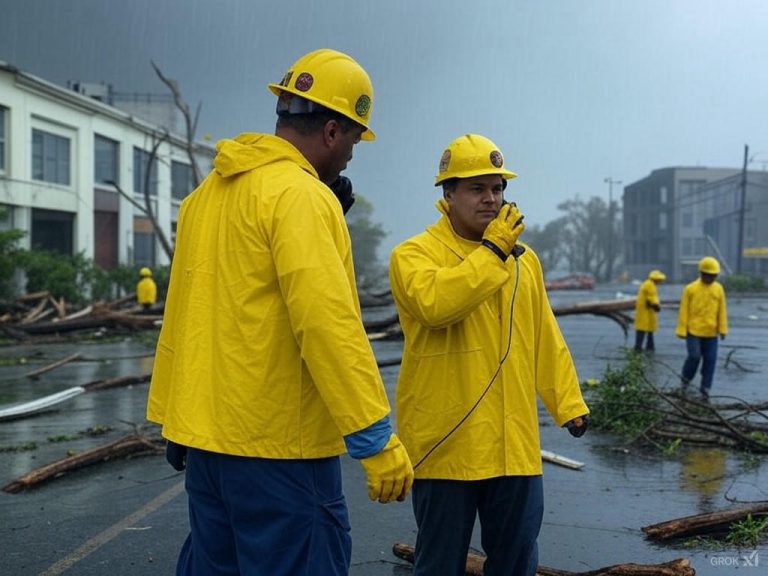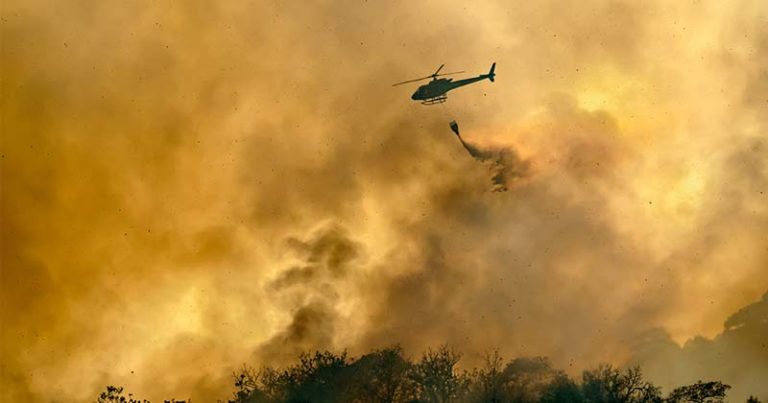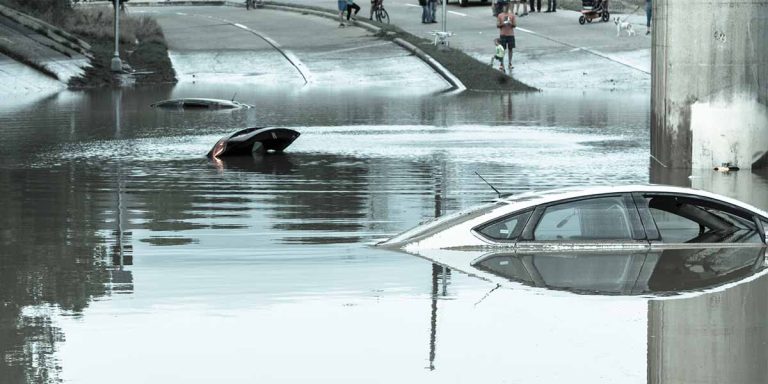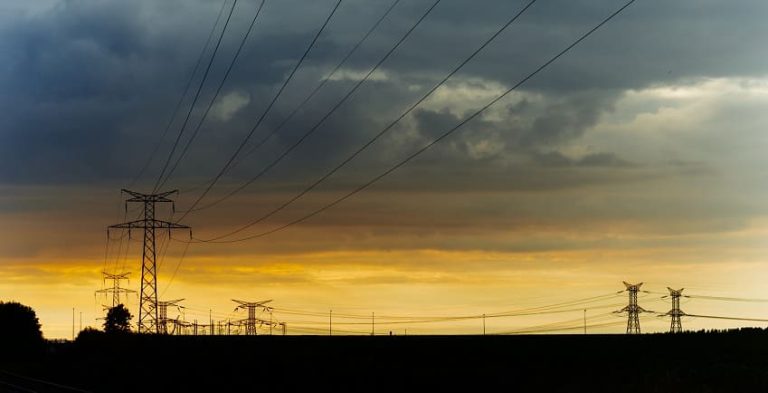How to Prepare for and Survive a Flood
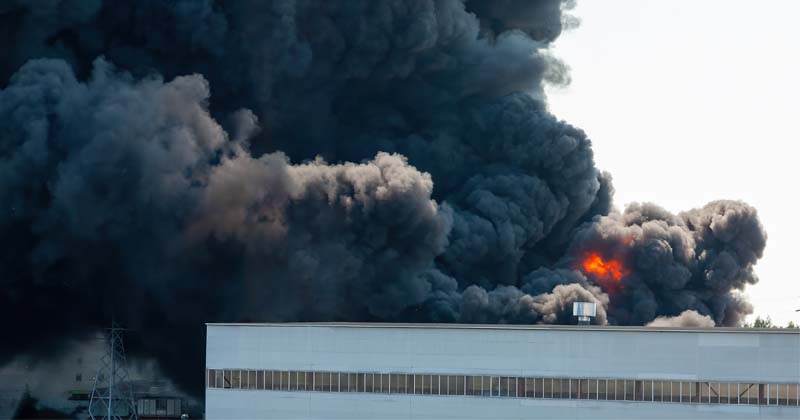
How to Prepare for and Survive a Flood: A Modern Perspective
Floods are among the most common natural disasters, capable of causing extensive damage to property, infrastructure, and posing significant risks to human life. With climate change intensifying weather patterns, the frequency and severity of flooding are expected to increase. Here’s how you can prepare and survive a flood using modern tools and strategies:
Before the Flood: Preparation
1. Understand Your Risk:
-
- Flood Maps: Use digital tools like FEMA’s Flood Map Service Center to assess your area’s flood risk. Many regions also have local flood maps available online.
-
- Smart Alerts: Sign up for emergency alerts through apps like FEMA or your local government’s alert system. These apps can provide real-time warnings and evacuation notices.
2. Insurance:
-
- Flood Insurance: Standard homeowner’s insurance doesn’t cover flooding. Invest in a flood insurance policy. Remember, there’s often a 30-day waiting period, so don’t wait until the last minute.
3. Home Preparation:
-
- Elevate Utilities: If possible, elevate electrical systems, appliances, and heating systems to higher floors or platforms.
-
- Seal Your Home: Use waterproof sealants on basement walls and around windows. Install check valves on sewer pipes.
-
- Landscaping: Plant grass or vegetation to help absorb water and consider permeable pavement for driveways.
4. Emergency Kit:
-
- Include flashlights, batteries, cash, first-aid supplies, medications, important documents in waterproof containers, and enough non-perishable food and water for at least three days. Modern kits might also include solar chargers, water purification systems, or portable power stations.
5. Digital Preparedness:
-
- Backup Data: Regularly back up important digital data to cloud services.
-
- Communication: Keep a list of emergency numbers saved on your phone and printed out. Consider a battery-powered or hand-crank radio for updates if power goes out.
During the Flood: Survival
1. Evacuation:
-
- If advised to evacuate, do so immediately. Use real-time traffic and road closure information from apps like Waze or Google Maps.
-
- If you have pets, make sure to take them with you or ensure they have a safe place.
2. If You Can’t Evacuate:
-
- Move to higher floors or stay on the highest part of your property. Avoid attics unless you have an escape route.
-
- Never walk or drive through flood waters. Six inches of moving water can knock you down, and two feet can sweep your car away.
3. Safety Measures:
-
- Turn off utilities at the main switches or valves if instructed. Do not touch electrical equipment if you’re wet or standing in water.
-
- Use social media or apps for real-time updates from friends, neighbors, or local authorities.
After the Flood: Recovery
1. Safety First:
-
- Return home only when authorities indicate it’s safe. Be wary of structural damage, contamination, and wildlife displaced by the flood.
2. Document the Damage:
-
- Use your smartphone to take photos or videos of all damage for insurance purposes. Apps like Snagit or specialized insurance apps can help.
3. Cleanup:
-
- Wear protective clothing and be cautious of mold, electrical hazards, and contaminated water. Use apps or guides for safe cleanup procedures.
-
- Consider professional services for significant cleanup, especially for mold or sewage.
4. Emotional and Community Support:
-
- Utilize mental health resources, which might be available through community centers, online platforms, or apps focused on mental wellness after disasters.
5. Rebuilding:
-
- Rebuild with resilience in mind. Use flood-resistant materials, elevate structures, or consider moving to less flood-prone areas if feasible.
In the era of technology, smart preparation involves leveraging digital tools for alerts, insurance, documentation, and even recovery. By staying informed and prepared, you can significantly enhance your ability to survive and recover from a flood. Remember, preparation starts long before the water rises.


